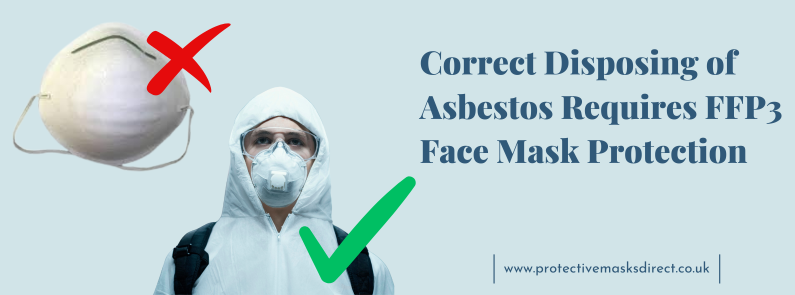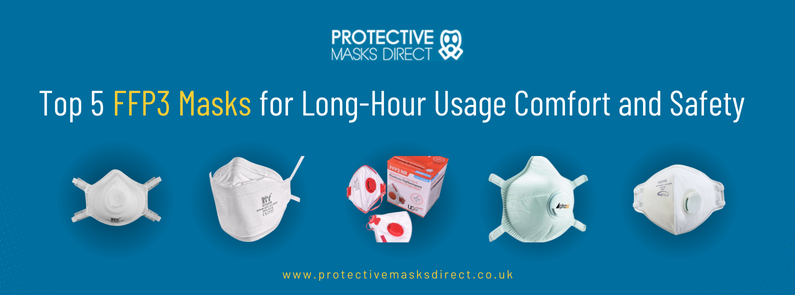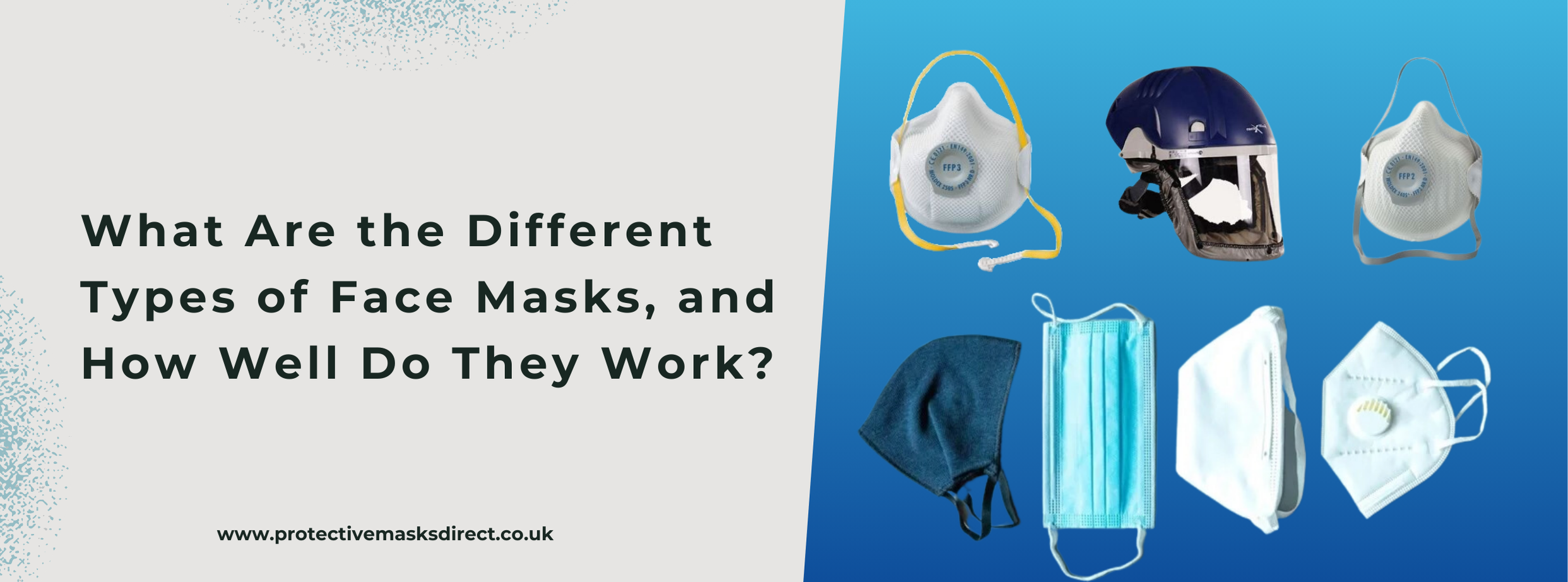Too much heat can lead to various types of illnesses. Heat stress or heatstroke is one of them. Overexposure to heat/high temperature can make a person dehydrated. It can cause fatigue, nausea, severe headache, inability to work, and various other health issues.
Heat exhaustion can also reduce the productivity of a person. It is essential to take timely measures to avoid this condition. Let us understand what you can do to prevent or deal with heat stress in the workplace.
Causes of Heat Stress
Heat stress can happen both outdoors and indoors. Working outside in areas that experience record temperatures can lead to apparent risks. Furthermore, it can also occur in professionals who work around tools and equipment that emit excessive heat or perform strenuous jobs at a workplace. It can make them prone to heat stress. As the impact of heat stress can be critical, it requires companies to take necessary measures to safeguard workers from the condition.
Signs Of Heat Stress
The signs of heat stress can be different at different stages.
- Early symptoms – dehydration, very high body temperature, dizziness, fatigue, and reduced mental awareness
- Heat Rash – redness of the skin, blocked sweat glands, and itchiness
- Heat Exhaustion – extreme thirst, vomiting, heavy sweating with skin becoming cold, weakness, cramps in muscles, fainting, nausea, and others
- Heat Stroke – Severe dehydration, dark-coloured urine, pale skin colour, slurred speech, confusion, hostility, unconsciousness, rapid heart rate and respiration rate, throbbing headache, coma, and even death.
Steps To Treat Heat Stress
Even mild intensity of heat stress can cause distress in people. So, prevention is always better than treatment. Here are the best ways in which you can deal with this condition.
Air Conditioning
Having air conditioning systems installed is one of the ideal ways to cope up with the excessive humidity and heat. Most of the workplaces have this facility. In cases when air conditioning is not available, you can use portable fans that come with inbuilt air-chillers or water misters. They effectively lessen the accumulated heat from the body of a worker.
Added ventilation helps eliminate the heat produced due to the constant running of heavy machinery. You can also think of simple barrier protection, including screens and tarps, to reflect heat again to the heat source.
Wear Personal Protective Equipment
PPE masks are another great way to reduce exposure to heat. A wide-brimmed hat, coveralls, or gloves, dust mask respirator, will help. Workers who work near furnaces should buy articles made of insulating and reflective materials. Breathable materials enhance air circulation.
Hydrate Yourself
Drinking more water daily in the summer season or when employed in an outdoor activity will keep your body cool. Along with water, you can up your consumption of citrus fruits or take water infused with electrolytes. It will give you the necessary relief.
Use Heat Detection Devices
Train the workers to monitor body heat index using mobile applications. It will help them take quick actions when there is an increase in body temperature.
Protect When Working With Asbestos
Workers who are working with asbestos are at a greater risk of heat stress. Heat can cause asbestos enclosures to fail. It can create a humid environment in the unit. This excessively high temperature may not be bearable by a person. In such a situation, the use of asbestos bags is advisable. The use of these bags will reduce heat exposure at the time of carrying the asbestos removal procedure.
Ear Protection Aids
The buildup of heat inside the enclosure can harm different organs of the body, including ears. To prevent loss of hearing abilities due to the accumulation of high heat, employers should provide hearing protection aids to those involved in such jobs. They should also train them on using these protection gear to keep them safe at the workplace.
Conclusion
Excessive heat stress is a condition that calls for a medical emergency. Symptoms of this condition widely vary and depend on the level of exposure along with other factors. Staying hydrated, covering your body when going in the sun or when working near machinery (which gives off a tremendous amount of heat), wearing hearing and vision protection aids can help. Call for a doctor, if you do not see any reduction in signs even after using these precautionary measures.





